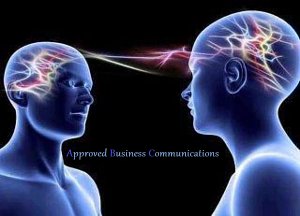Brain-to-Brain Communications Achieved: Overcoming the Barriers of Traditional Interactions

Most of the times, the message sent during communications differs in the mind of the sender and the receiver. The gap is created by different perceptions, emotions and attitudes, and the context of the conversation, which plays a key role, can assume blurred interpretation and compromise the effective understanding of the topic. Researches to overcome those difficulties are being undertaken, aiming to drastically improve communication to a brain-to-brain level.
In the University of Washington, a research co-funded by the US Army Research Office was carried out by Dr Andrea Stocco with the aim of progressing in the introduced brains’ communication field and involved three pairs of test subjects whose brains were connected via the internet.
The experiment consisted in having a member of each pair watching a screen showing a computer game. The game involved the protection of a city from enemy pirates, through the launch of rockets to sink the enemy ships. However, the touchpad used to control the rockets was located far from the watcher, below its teammate’s hand, in a dark room half a mile away.
During the test, the sender was connected to the receiver by an electroencephalography machine, a tool capable of picking up brain activities and ‘converting’ them into electrical pulses. These pulses were then transmitted through the web to the receiver, who was wearing a magnetic head gear essentially designed with the capacity of stimulating the brain’s area responsible for the control of hand movements.
Through these devices, the signals sent from the sender’s brain could produce a twitch in the receiver’s hand, pushing him to activate the virtual cannon and fulfil the task by destroying the pirates.
The hit rate of the three pairs ranged from 25% to 83%, despite of the incapacity of actually seeing the objectives.
Dr Stocco expressed his belief that if neuroscience and technology will keep advance at the current pace, the final dream of brain-to-brain communication, and its relative adoption, could really be achieved in next 20 years.
From a medical perspective, the new technology would represent an incredible resource for these patients who suffered brain damages. Dr Stocco gave interesting cue about the topic stating that: “Patients need to painfully and slowly re-learn simple motor actions, such as walking, grasping, or swallowing. We suspect that the re-learning phase could be greatly sped-up if we could provide the damaged brain with a ‘motor template’ copied from a healthy person”. Dr Stocco and his team look forward to find ways to transfer complex information, including the direct ‘broadcast’ of thoughts and concepts. The final ideal aim would be the achievement of a direct transmission of knowledge among individuals, with the transmission of concepts instead of words and overcome the limits of the language.
That would indeed represent a significant progress in education in all its ways as Dr Stocco inspirational words suggest: “Imagine that we could extract the teacher’s richer representation of a difficult concept and deliver it to his/her students in terms of neural activity; wouldn’t that be a great way to overcome learning difficulties?”
Written by: Pietro Paolo Frigenti
